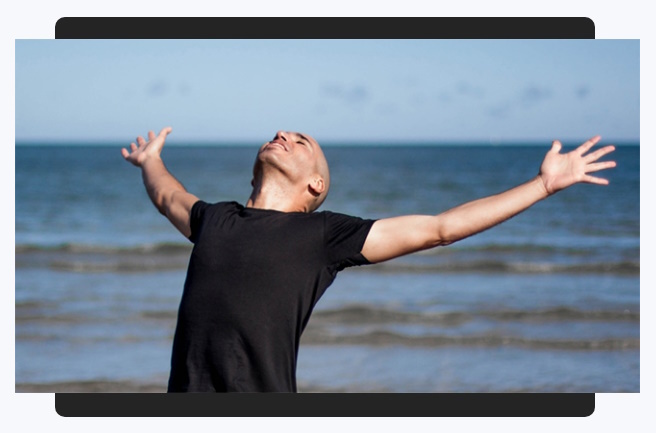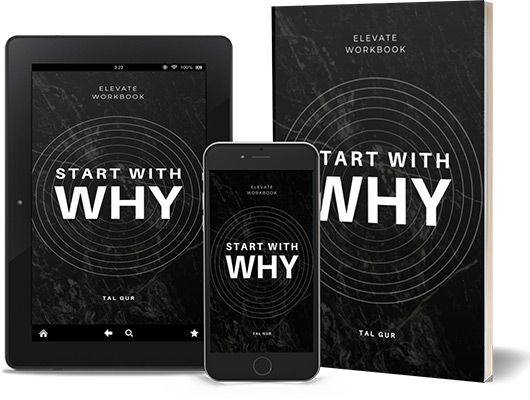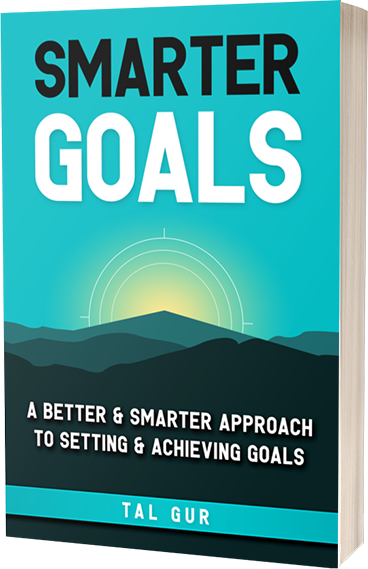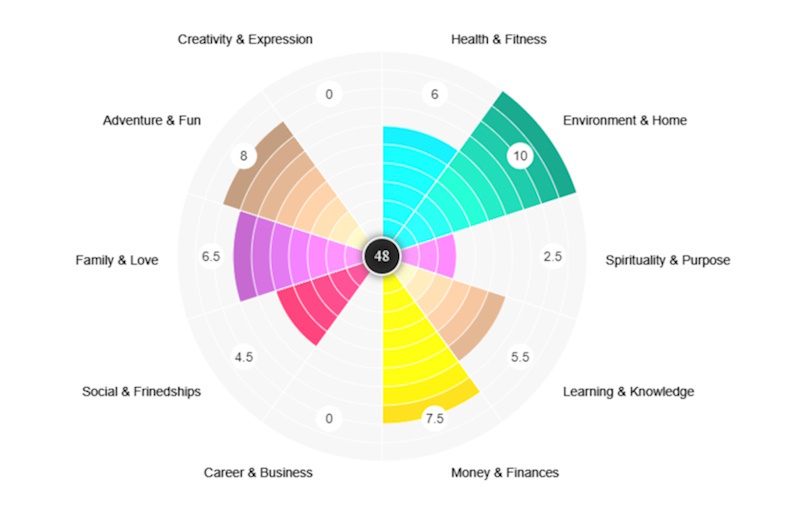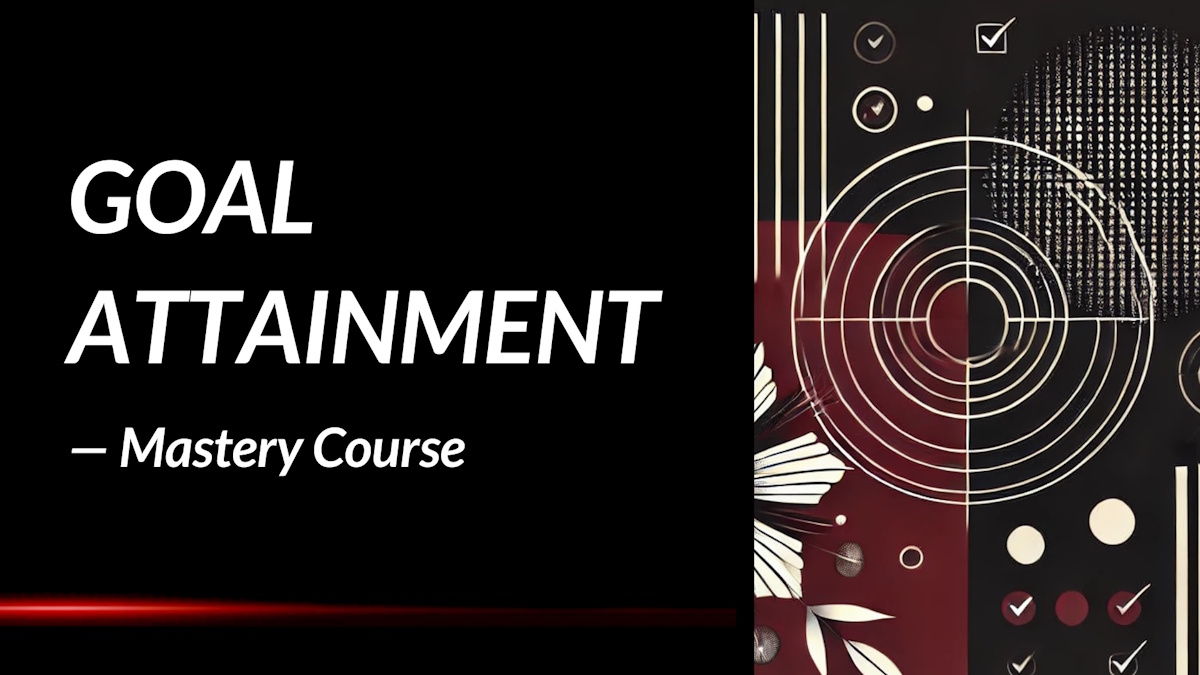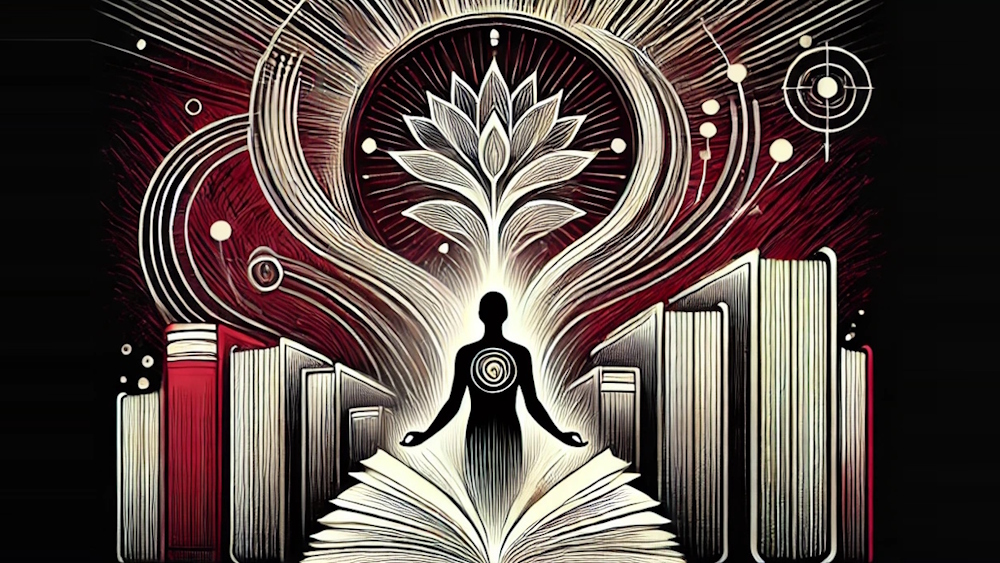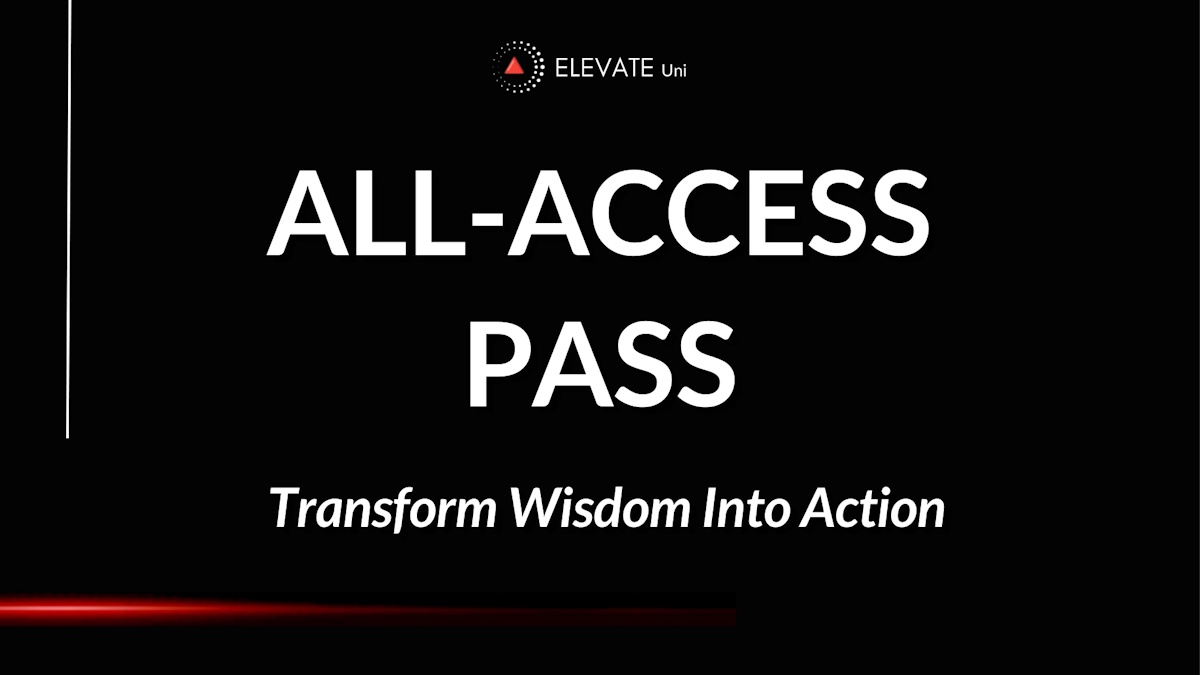Younger for Life: Summary Review
What if the key to reversing the signs of aging lies not in expensive treatments but in simple, everyday choices? In Younger for Life: Feel Great and Look Your Best with the New Science of Autojuvenation, Dr. Anthony Youn introduces a groundbreaking approach to turning back the clock naturally.
What is the Book About?
Dr. Youn challenges the conventional perception of aging as an unavoidable decline, presenting it instead as a process influenced significantly by our lifestyle and environment. He introduces the concept of Autojuvenation™, a method aimed at reversing aging effects through natural means. The book provides readers with actionable strategies to rejuvenate their health and appearance without resorting to invasive procedures.
Central to Dr. Youn's philosophy is the integration of intermittent fasting with foods that promote autojuvenation, forming a dietary foundation for age reversal. He emphasizes the importance of a straightforward skincare routine tailored to maintain youthful skin over time. Beyond diet and skincare, the book delves into optimizing sleep, incorporating yoga, regular exercise, cultivating a positive mindset, and adopting natural dental care practices. To facilitate the adoption of these principles, Dr. Youn outlines a three-week program designed to kick-start the autojuvenation journey, empowering readers to look and feel their best.
Book Details
Print length: 396 pages
Language: English
Publication date: January 2, 2024
Genre: Health & Wellness
Book Author
Core Theme
At the heart of Younger for Life is the empowering message that aging doesn't have to mean an inevitable decline in health and appearance. Dr. Youn posits that through intentional lifestyle choices—such as mindful eating, regular physical activity, and proper skincare—individuals can significantly influence their aging process. This philosophy encourages readers to take control of their well-being by adopting habits that promote natural rejuvenation.
The book underscores the synergy between various aspects of health, illustrating how diet, exercise, sleep, and mental well-being collectively contribute to a youthful and vibrant life. Dr. Youn's holistic approach emphasizes that true anti-aging solutions are accessible and achievable through consistent, everyday practices.
Main Lessons
A few impactful summary lessons from Exhausted: An A–Z for the Weary:
1. Embrace Acceptance to Break the Cycle of Exhaustion
In "Exhausted: An A–Z for the Weary," Anna Katharina Schaffner opens by emphasizing the transformative power of acceptance. The concept revolves around acknowledging the state of exhaustion without judgment or resistance. Drawing from Acceptance and Commitment Therapy (ACT), the book encourages readers to confront their inner critic, not by fighting it but by observing its presence without attachment. This practice resembles watching plates pass by on a conveyor belt sushi bar—allowing negative thoughts to drift without consuming them. By refusing to fuse with negative self-judgments, individuals regain agency over their emotions and reactions. Acceptance, rather than resistance, becomes the foundation for healing and resilience, teaching us that acknowledging our weariness is the first step towards overcoming it.
2. Identify Burnout as More Than Just Physical Fatigue
Schaffner challenges the notion that burnout is merely physical exhaustion, suggesting instead that it’s a profound sense of disillusionment and spiritual fatigue. Drawing insights from Jonathan Malesic, burnout is depicted as the heartbreak of unmet expectations—the despair of investing deeply in one’s work only to find it unrewarding and unreciprocated. This "ailment of the soul" emerges when the purpose and recognition we seek through work fail to materialize, leaving us feeling hollow and disconnected. Burnout, then, becomes less about the amount of work done and more about the mismatch between our aspirations and the reality of our efforts. Recognizing this distinction helps in reframing our approach to recovery, focusing not just on rest but on reevaluating our relationship with work.
3. Leisure as a Sacred Space for Mental Rejuvenation
In a society driven by productivity, Schaffner, along with Byung-Chul Han, advocates for reclaiming leisure as a form of resistance. Han's concept of inactivity, as highlighted in the book, is not mere laziness but a vital component of creative and intellectual freedom. When every moment is monetized and measured, true leisure—a state where one engages in purposeless, joyful activity—becomes revolutionary. Nietzsche's reflections on non-instrumental time reinforce this, suggesting that unstructured periods allow for spontaneous creativity and inner growth. Leisure, thus, is not just a break from labor but an essential practice for preserving one’s mental and spiritual well-being.
4. Challenge the Capitalist Paradigm of Unending Productivity
Schaffner critiques the capitalist ethos that equates human value with productivity, drawing from Max Weber’s analysis of the Protestant work ethic. This ideology perpetuates the belief that time not spent working is wasted, embedding a guilt-driven mindset even during moments of rest. The relentless pursuit of efficiency dehumanizes individuals, turning them into mere cogs within the economic machine. Schaffner argues for critical reflection on these ingrained values, advocating for a more balanced perspective that allows room for rest and reflection without the constant shadow of productivity guilt. To break free from this cycle, one must consciously reject the notion that worth is solely determined by output.
5. Confront the Ghost of Numbness That Haunts the Exhausted
When burnout reaches its peak, it can leave individuals feeling like ghosts—present in body but absent in spirit. Schaffner poignantly captures this state where the desire to feel, to care, and to be alive has been thoroughly drained. This emotional numbness is not merely a survival mechanism but a profound loss of connection to oneself and the world. The challenge lies in reigniting the spark of life through small, meaningful actions rather than attempting a grand overhaul. By rekindling hobbies and simple joys, individuals can gradually thaw the frozen parts of their psyche, reclaiming their humanity piece by piece.
6. Recognize the Harmful Effects of Overstimulation and Negative Media
Modern life bombards us with information, much of it distressing or sensationalized. Schaffner points out that constant exposure to negative news triggers the brain’s stress response, leading to chronic anxiety and creative paralysis. This relentless stream of pessimism not only saps energy but also inhibits our ability to engage meaningfully with the world. By deliberately curating media consumption and setting boundaries around digital engagement, individuals can protect their mental health, reducing the psychological clutter that contributes to burnout. The goal is not ignorance but a mindful approach to information that nurtures rather than depletes.
7. Use Stoic Wisdom to Reclaim Control Over Inner Peace
Schaffner draws inspiration from the Stoic philosophy, which teaches that while we cannot control external events, we have complete authority over our perceptions and responses. This mindset empowers individuals to focus on their reactions rather than the uncontrollable circumstances around them. By prioritizing inner tranquility over external validation, one becomes resilient to the chaos of modern life. This philosophical approach acts as a protective barrier against the relentless demands of contemporary existence, reminding us that peace is cultivated from within rather than granted by external conditions.
8. Cultivate Purposeful Inactivity as a Form of Resistance
Byung-Chul Han’s concept of inactivity as a political act highlights the radical potential of choosing not to participate in the ceaseless cycle of doing. In a world where hyperactivity is glorified, intentional stillness becomes an act of rebellion. Han envisions inactivity not as idleness but as the creation of space for genuine freedom—a time untouched by the pressures of performance or utility. Embracing this form of rest challenges the pervasive mindset that worth is tied to constant output, allowing individuals to rediscover the richness of being rather than doing.
9. Find Joy in Non-Instrumental Activities to Combat Burnout
One of the most practical lessons from Schaffner’s exploration of exhaustion is the rejuvenating power of hobbies. Unlike work tasks that are goal-oriented and measured, hobbies serve no practical purpose other than pleasure. They are unapologetically non-instrumental, much like a child’s play, and their simplicity provides a respite from the relentless grind. By indulging in activities purely for enjoyment, individuals can reconnect with a sense of freedom and creativity often lost in adulthood. In doing so, they resist the cultural tendency to commodify every aspect of human life.
10. Honor the Human Need for Rest Without Justifying It
The underlying message of Schaffner’s book is a call to normalize rest as a fundamental human need rather than a reward for productivity. In a culture obsessed with hustle and efficiency, admitting exhaustion can feel like a failure. Schaffner encourages readers to see rest not as a luxury but as a non-negotiable part of life. By doing so, we reject the toxic narrative that resting is a sign of weakness and instead embrace it as a cornerstone of well-being and sustainability.
Key Takeaways
Key summary takeaways from the book:
- Combining intermittent fasting with specific foods can activate the body's natural rejuvenation processes.
- A simple, consistent skincare routine is essential for maintaining youthful skin over time.
- Quality sleep, regular exercise, and stress management are pivotal in slowing down the aging process.
- Natural dental care practices contribute to overall health and can impact one's appearance.
- A three-week structured program can effectively initiate and sustain age-reversing lifestyle changes.
Book Strengths
Younger for Life stands out for its comprehensive and accessible approach to anti-aging. Dr. Youn combines scientific insights with practical advice, making complex concepts easy to understand and implement. The book's step-by-step guidance empowers readers to take actionable steps toward improving their health and appearance, fostering a sense of empowerment and motivation.
Who This Book Is For
This book is ideal for individuals seeking natural and sustainable methods to enhance their health and combat the signs of aging. Whether you're looking to revamp your skincare routine, adopt healthier eating habits, or incorporate holistic practices into your daily life, Younger for Life provides valuable insights and practical strategies tailored to those aiming for a youthful and vibrant existence.
Why Should You Read This Book?
If you're interested in taking control of your aging process through natural and scientifically backed methods, Younger for Life offers a wealth of knowledge and practical advice. Dr. Youn's holistic approach addresses multiple facets of health and wellness, providing a roadmap to not only look younger but also feel more energetic and vibrant. The book's actionable strategies make it a valuable resource for anyone committed to embracing a healthier, more youthful lifestyle.
Concluding Thoughts
Dr. Anthony Youn's Younger for Life serves as a compelling guide to understanding and implementing the principles of Autojuvenation™. By emphasizing the power of lifestyle choices in influencing the aging process, the book offers a refreshing perspective that moves away from invasive procedures toward natural, holistic solutions. Readers are equipped with the knowledge and tools to make informed decisions about their health and appearance.
Embracing the strategies outlined in Younger for Life can lead to transformative changes, fostering a sense of empowerment and well-being. Dr. Youn's approachable and informative style makes this book not only an educational read but also an inspiring call to action for those seeking to age gracefully and healthily.
→ Get the book on Amazon or discover more via the author's website or social channels.
* The publisher and editor of this summary review made every effort to maintain information accuracy, including any published quotes, lessons, takeaways, or summary notes.
Chief Editor
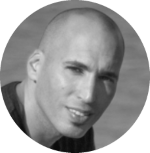 Tal Gur is an author, founder, and impact-driven entrepreneur at heart. After trading his daily grind for a life of his own daring design, he spent a decade pursuing 100 major life goals around the globe. His journey and most recent book, The Art of Fully Living, has led him to found Elevate Society.
Tal Gur is an author, founder, and impact-driven entrepreneur at heart. After trading his daily grind for a life of his own daring design, he spent a decade pursuing 100 major life goals around the globe. His journey and most recent book, The Art of Fully Living, has led him to found Elevate Society.


